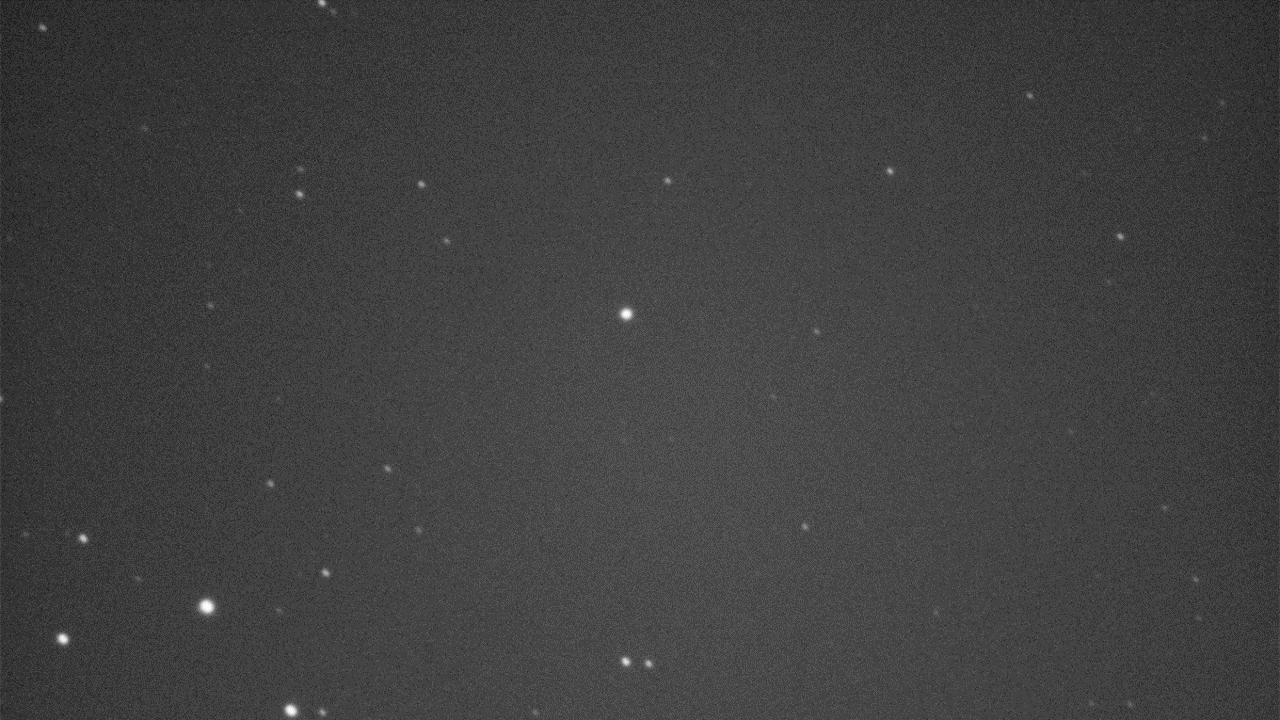3200 Phaethon: asteroid or comet?
Description:
Phaeton is an Apollo-type asteroid because of its orbit. Its most notable feature is that it comes closer to the Sun than any other named asteroid: its perihelion is only 0.14 Astronomical Units (20.9 million km) – less than half the perihelion distance of Mercury. For this characteristic, it was named after the Greek myth of Phaeton, son of the sun god Helios. It is 6 km in diameter. It is now believed to be the parent body of the Geminids, the annual mid-December meteor shower.
Phaeton is an asteroid with rather unusual physical characteristics in that its orbit resembles that of a comet more than that of an asteroid; it was named for this reason “rock comet”. Recent studies by NASA’s STEREO satellite have observed dust tails, and in 2010, the presence of dust ejectates from the small body was detected. The sun’s heat may cause fractures similar to those left by mud in a dry lake bed.
The composition of Phaeton is faithful to what its cometary origin would suppose because it is composed of dark material. Since its discovery, several other objects with mixed cometary and asteroidal characteristics have been discovered, such as (7968) Elst-Pizarro.
Technical details:
Telescope: Celestron Edge HD14 and 0.7x focal reducer
Mount: Paramount MX + and tracking on the asteroid instead of the stars
Camera: ZWO ASI 1600 MM and ZWO luminance filter
Exposures: 127 exposures of 10 seconds
Location: Backyard observatory in Sainte-Sophie, Qc
Date: December 16, 2017 from 7:40 p.m. to 8:03 p.m.
Processing: the 127 photos were assembled into an animation using the Time Lapse Tool software. This animation shows us its very fast movement over a period of 23 minutes.

